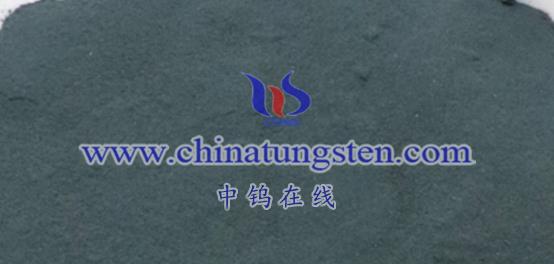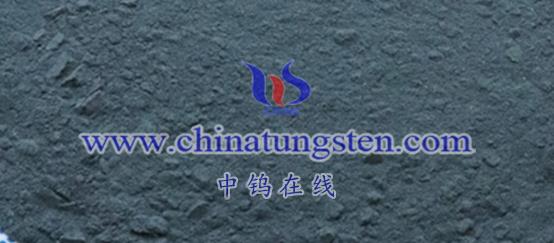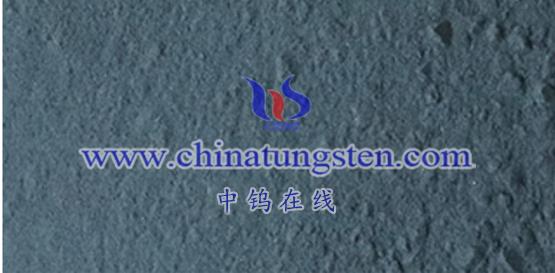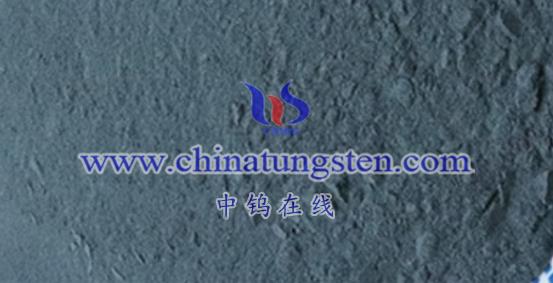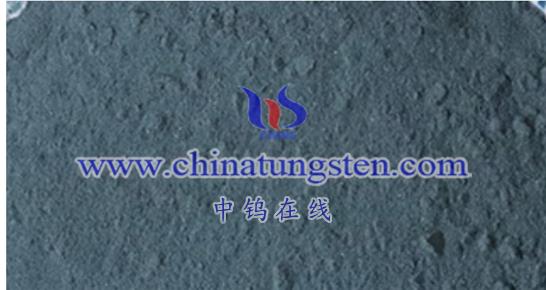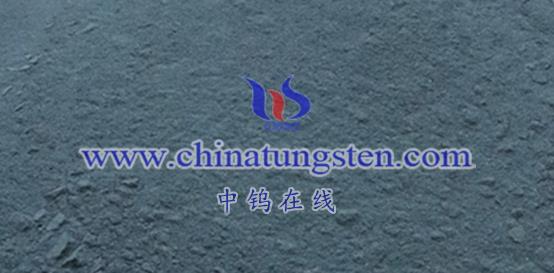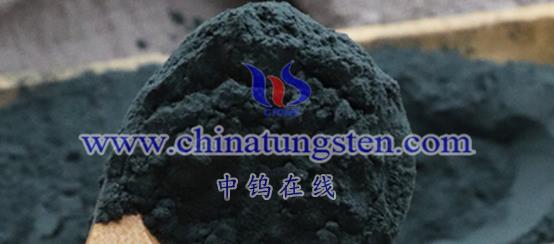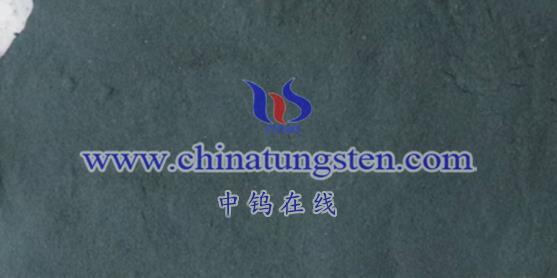
Tungsten bronze compounds are non-stoichiometric compounds that contain tungsten, typically represented by the chemical formula MxWO3, where M denotes a metal element (such as alkali metals, alkaline earth metals, ammonium ions, and rare earth metal ions), and x is a value between 0 and 1. Below is a detailed explanation of tungsten bronze compounds:
- Basic Characteristics of Tungsten Bronze Compounds
- Appearance and Color: Tungsten bronze compounds resemble copper, possessing a metallic luster. Their color and physical-chemical properties vary depending on the type of M and the value of x. For instance, when M is sodium (Na), the color of NaxWO3 changes from golden yellow to pale blue-gray as x decreases. When M is ammonium (NH4+), (NH4)xWO3 appears blue; when M is cesium (Cs), Cs0.33WO3 has a blue-black color.
- Structure and Morphology: Tungsten bronze compounds primarily exhibit tetragonal and orthorhombic crystal structures. The tetragonal unit cell contains ten [BO6] octahedra that are corner-sharing along the C-axis. The orthorhombic structure can be viewed as a further distortion along the diagonal of the tetragonal unit cell. Additionally, tungsten bronze compounds typically present in cubic or tetragonal crystal forms.
- Chemical Properties: Tungsten bronze compounds demonstrate high chemical inertness, being insoluble in water and all acids except hydrofluoric acid, but soluble in alkaline reagents. They also exhibit certain catalytic properties, making them useful as catalysts for carbon monoxide oxidation reactions and as gas removers in fuel cells.
- Physical Properties of Tungsten Bronze Compounds
- Electrical Conductivity: The electrical conductivity or semiconductor properties of tungsten bronze compounds depend on the type of M and the value of x. For example, when the Na
ratio exceeds 0.3, the temperature coefficient of resistance of NaxWO3 is positive, indicating poor stability and semi-metallic properties; when it is below 0.3, it becomes negative, indicating semiconductor behavior.
- Preparation Methods of Tungsten Bronze Compounds
Various methods exist for the preparation of tungsten bronze compounds, including wet chemistry, thermal reduction, and electrochemical methods. Wet chemistry was the earliest method applied to prepare tungsten bronze, with hydrothermal synthesis being the most significant technique within this category. Thermal reduction methods include phase/phase heating reduction and thermal decomposition. Electrochemical methods are commonly used to prepare specific types of tungsten bronze, such as hydrogen tungsten bronze and lithium tungsten bronze.
- Application Areas of Tungsten Bronze Compounds
Due to their excellent properties, tungsten bronze compounds are widely applied in several fields:
- Energy Storage: Used as an anode material for batteries.
- Coatings: For instance, Cs0.33WO3, known for its good near-infrared absorption, weather resistance, and low resistivity, can be used to produce thermal insulation coatings and window films.
- Petrochemical Industry: Serves as a catalyst in petrochemical processes.
- Optical Applications: Utilized in laser frequency doubling, electro-optical modulation, and optical information processing.
Other Applications
Tungsten bronze compounds can also be used in superconductors, humidity sensors, solid fuel cells, and other technical fields. Furthermore, cesium tungsten bronze can serve as a treatment material for cancer, a modifier for ordinary glass, and a functional raw material for textile fibers.
More details of tungsten oxide product, please visit website: tungsten-oxide.com
Please contact CHINATUNGSTEN for inquiry and order of tungsten oxide:
Email: sales@chinatungsten.com
Tel.: 86 592 5129595
